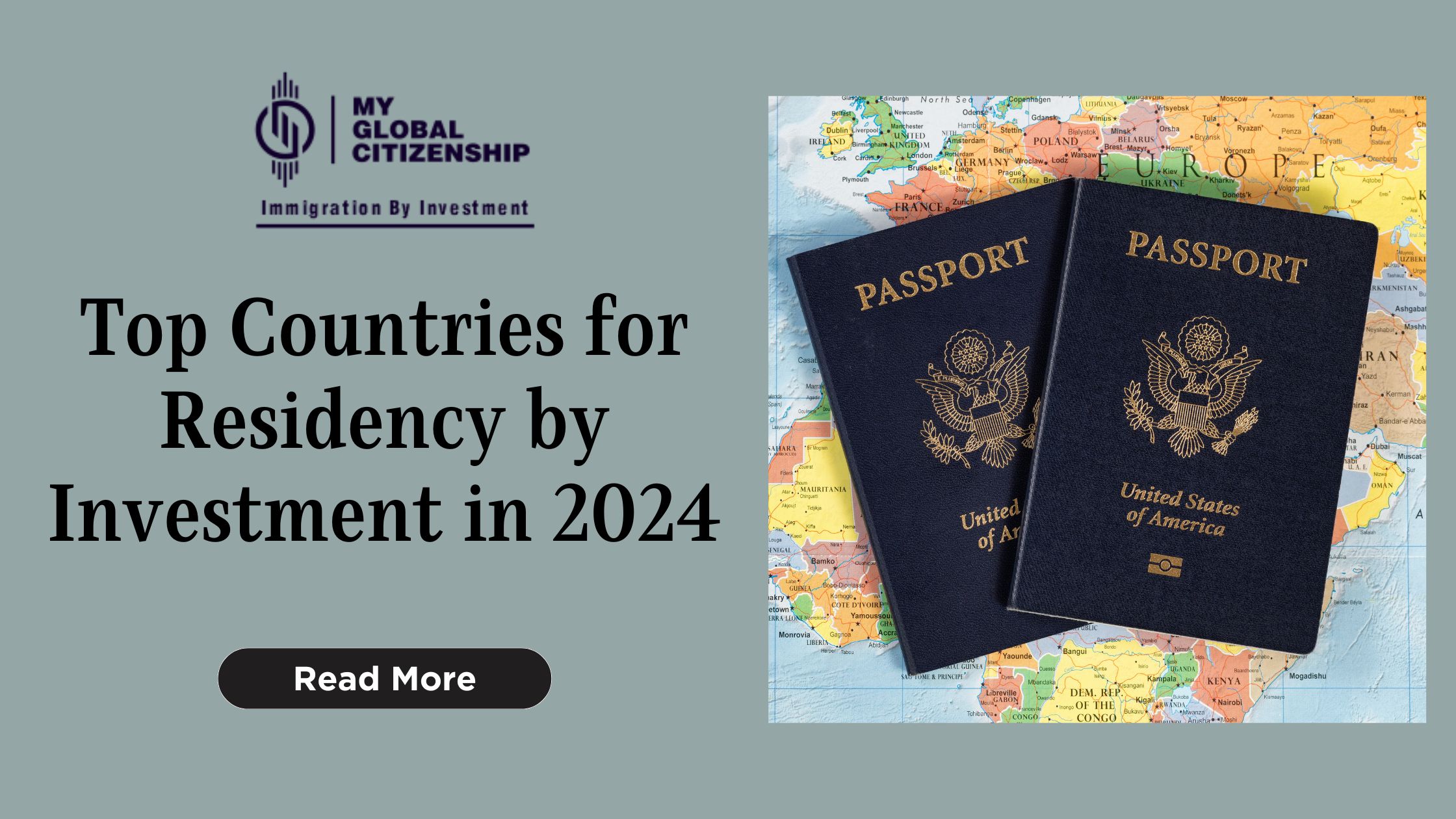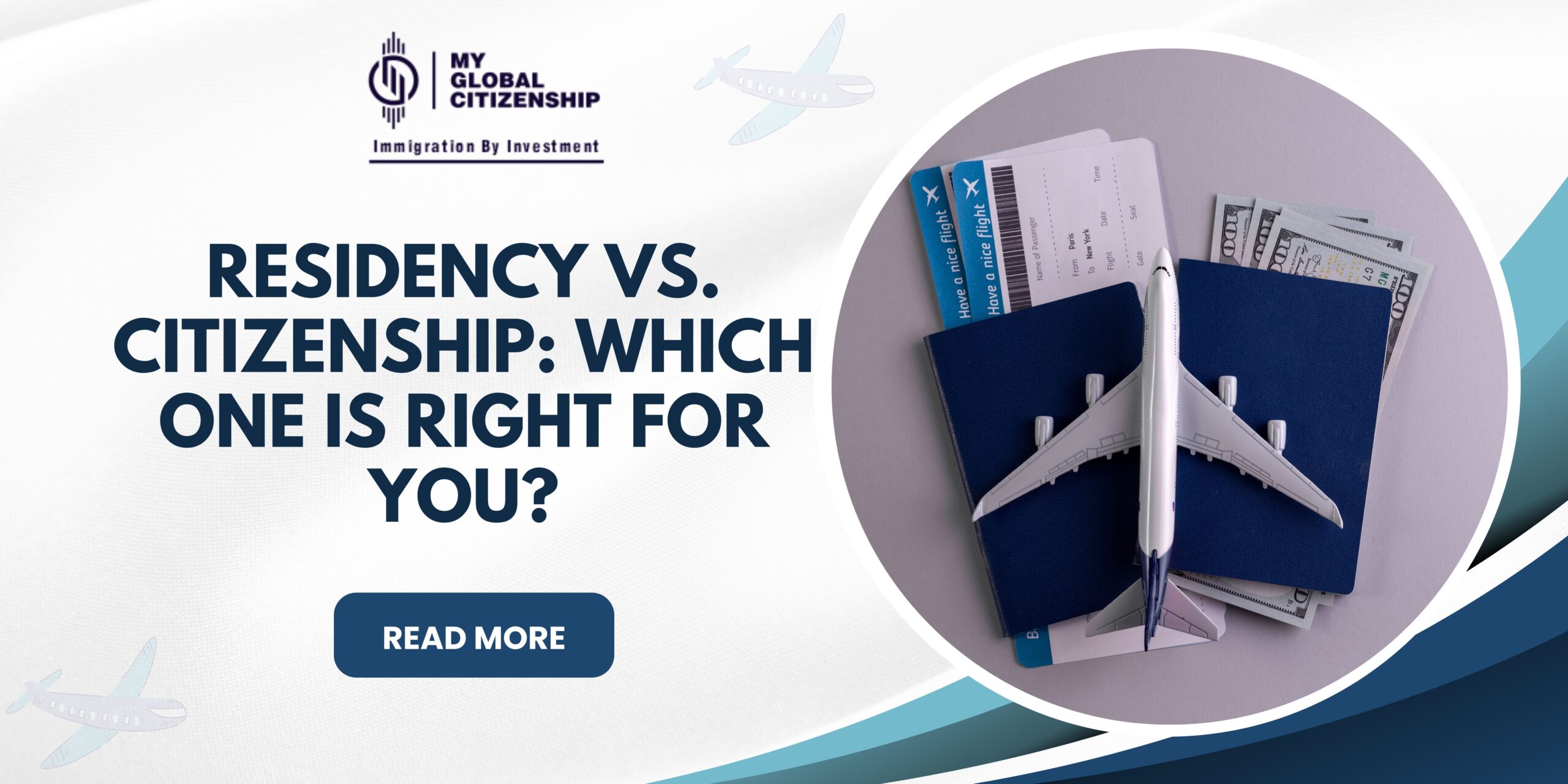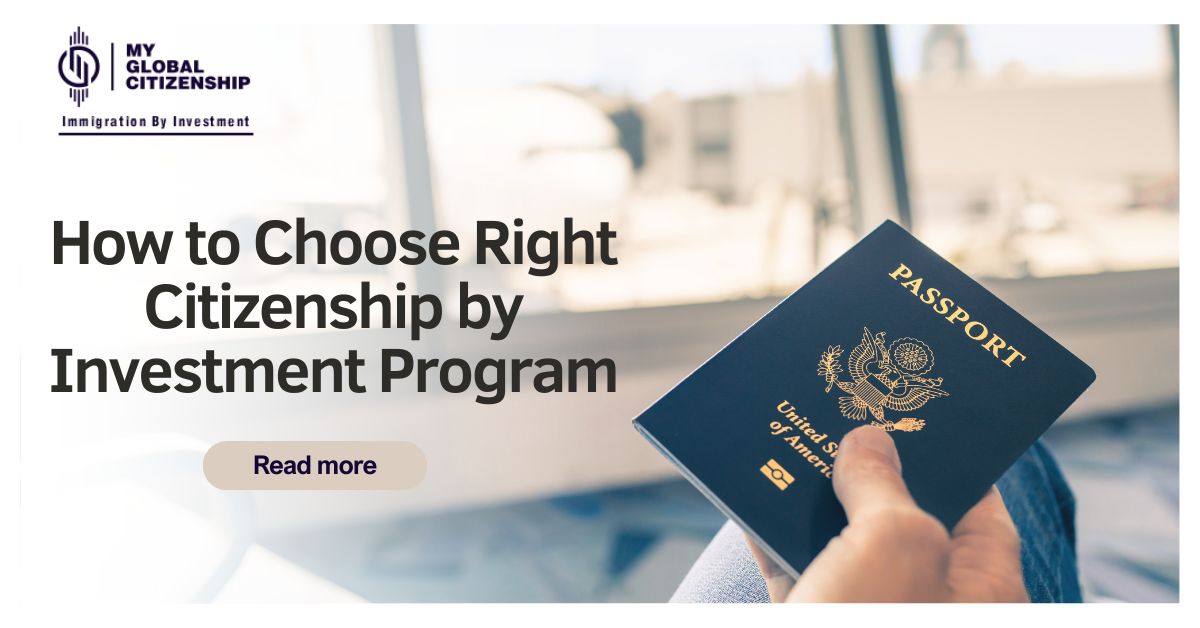
After the pandemic slowed IRCC operations, spousal sponsorship is back to service standard, government says.
According to a government media release, efforts to modernize the Canadian immigration system have allowed Immigration, Refugees and Citizenship Canada (IRCC) to get back on track. IRCC also launched a portal where spousal and child sponsorship applicants can track their immigration applications online.
The service standard of 12 months is the same whether spouses are applying as inland or outland applicants. In both cases, the processing time includes the time required for applicants to give biometrics, for IRCC to assess the sponsor and the person being sponsored, as well as the time needed to ensure applicants meet eligibility requirements.
Eligibility for spousal sponsorship
Canadians may be eligible to sponsor if they:
- are at least 18 years old;
- are a Canadian citizen or permanent resident, or they are an Indigenous person registered under the Canadian Indian Act;
- demonstrate they are not receiving social assistance unless they have a disability; and
- can provide for the financial needs of the sponsored person.
Also Read 7 reasons why Canada is meant for you
Eligibility to be sponsored
The person being sponsored needs to meet the following eligibility criteria:
- Spouse: They must have been legally married to the sponsor at an in-person ceremony.
- Common-law partner: They must have lived with the sponsor for at least 12 straight months.
- Conjugal partner: They must have been in a relationship with the sponsor for at least one year, live outside of Canada, and cannot live with the sponsor in their country or marry them due to significant legal or immigration causes. For example, they live in a country where same-sex marriage or divorce is not allowed. Sponsors need to prove to IRCC they could not live together or get married in their partner’s country.
Foreign nationals must be at least 18 years old to be sponsored for immigration under all of these categories.
Also, foreign nationals must pass a health, security, and criminality screening and therefore be considered admissible to Canada.
How to apply
There are two types of sponsorship processes: inland and outland sponsorship. The key difference is that couples applying for sponsorship from within Canada are considered inland, while those whose foreign national spouse is abroad will be filed under outland.
To be eligible for inland sponsorship, the foreign spouse or common-law partner must also have valid temporary status in Canada, either as a worker, student, or visitor. During the inland sponsorship application process, the sponsored person will be able to continue to live, work or study in Canada. While pursuing inland sponsorship, the sponsored spouse may be able to get a Spousal Open Work Permit, which would allow them to work while they are waiting on the results of their application.
It is generally expected that inland sponsorship applicants will remain in Canada while their application is being processed. If the spouse or common-law partner does not plan to stay in Canada or needs to be able to travel outside the country while the application is being processed, outland sponsorship may be a better option.
Outland sponsorship is for foreign spouses who are not legally living in Canada at the time of the application. Applicants residing in Canada may also opt for outland sponsorship as it allows for travel to and from Canada while the application process is underway. It may be the best option for those whose work or personal situation requires them to leave the country.
Canadian permanent residents can sponsor their spouse as an outland applicant only if they are living in Canada, whereas Canadian citizens can sponsor their spouse as an outland applicant from abroad. If they do this though, they will have to demonstrate that they will return to Canada with their spouse if the application is approved.
In addition to married and common-law partners, is also possible to sponsor conjugal partners through outland sponsorship. Conjugal partners are couples who have been in an ongoing and committed relationship for a period of at least 12 months but, due to significant legal constraints or other factors beyond their control, they cannot live together.
Steps to submit a sponsorship application
Applicants will submit two applications together. One is for sponsorship and the other is a permanent residence application.
Step 1: Get an application package from IRCC.
Step 2: Pay the application fees to IRCC, which include processing fees, a right of permanent residence fee, and a biometrics fee. These fees need to be paid on IRCC’s website.
Step 3: Mail the completed application to IRCC.
IRCC’s processing standard is 12 months.






